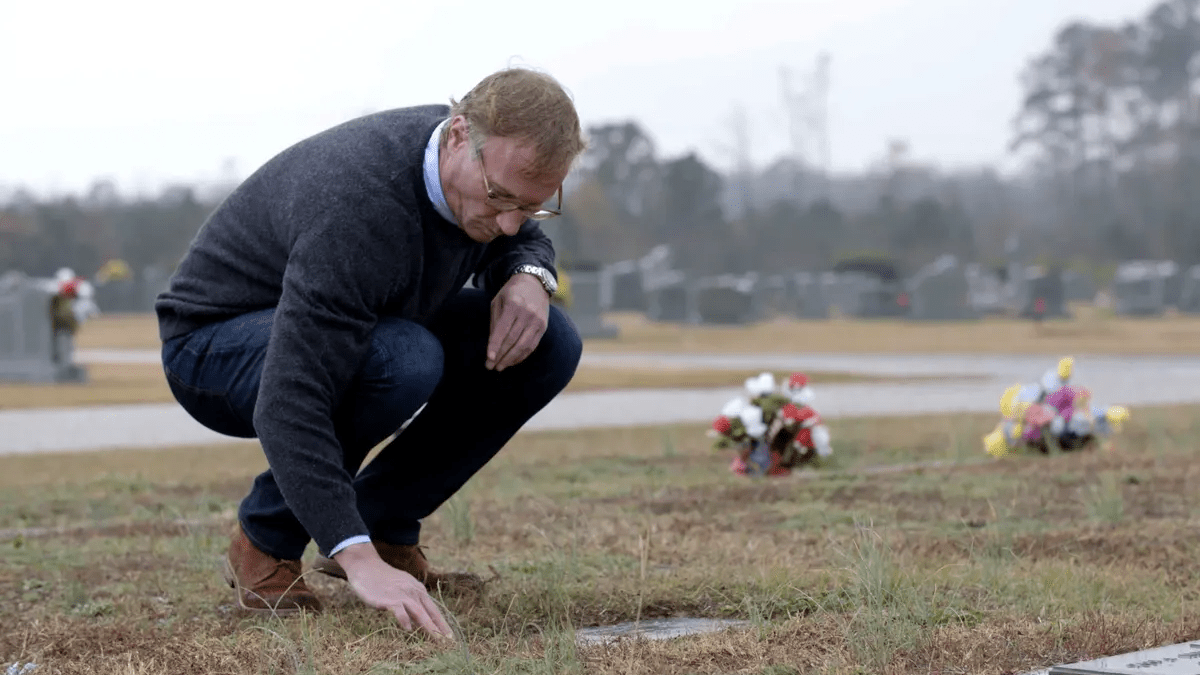On the morning of February 10, 1987, 15-year-old Jennifer Pandos disappeared. Left behind in her empty bedroom was a hastily-scrawled note saying she needed space and was running away with an older man.
Jennifer’s parents eventually went to the police and plastered missing person leaflets all over town, sparking a huge search effort. But nearly 40 years later, Jennifer is still missing.
What makes Burden of Proof so interesting is what happened next. Jennifer’s older brother Stephen, who was away at college on the day she disappeared, upon returning home became concerned the note was a fake, that the “older man” who purportedly wrote the note and absconded with his sister did not in fact exist, and that his sister had been murdered. And he already had a pair of suspects in mind – his parents. Ron and Margie Pandos took three days to go to the police, sparking Stephen’s suspicions. There was more evidence; Ron is a Vietnam War veteran who struggled with PTSD. When John and Jennifer were growing up, he could become “scary” in the family home, and was often prone to outbursts of violence.
The show follows Stephen’s real-life quest to prove Ron and Margie murdered Jennifer. He talks to witnesses, investigators, and forensic experts as he painstakingly builds a case. Jennifer’s parents (who both deny John’s accusations) are also interviewed in the docuseries. Burden of Proof is not just another true crime documentary. It’s a saga of a family destroyed, and one man’s obsession to find justice, an emotional rollercoaster that throws up more questions with every answer, leaving Stephen unsure about his long-held beliefs.
Difficult yet riveting viewing, you can watch Burden of Proof on HBO and Max as a four-part series.

